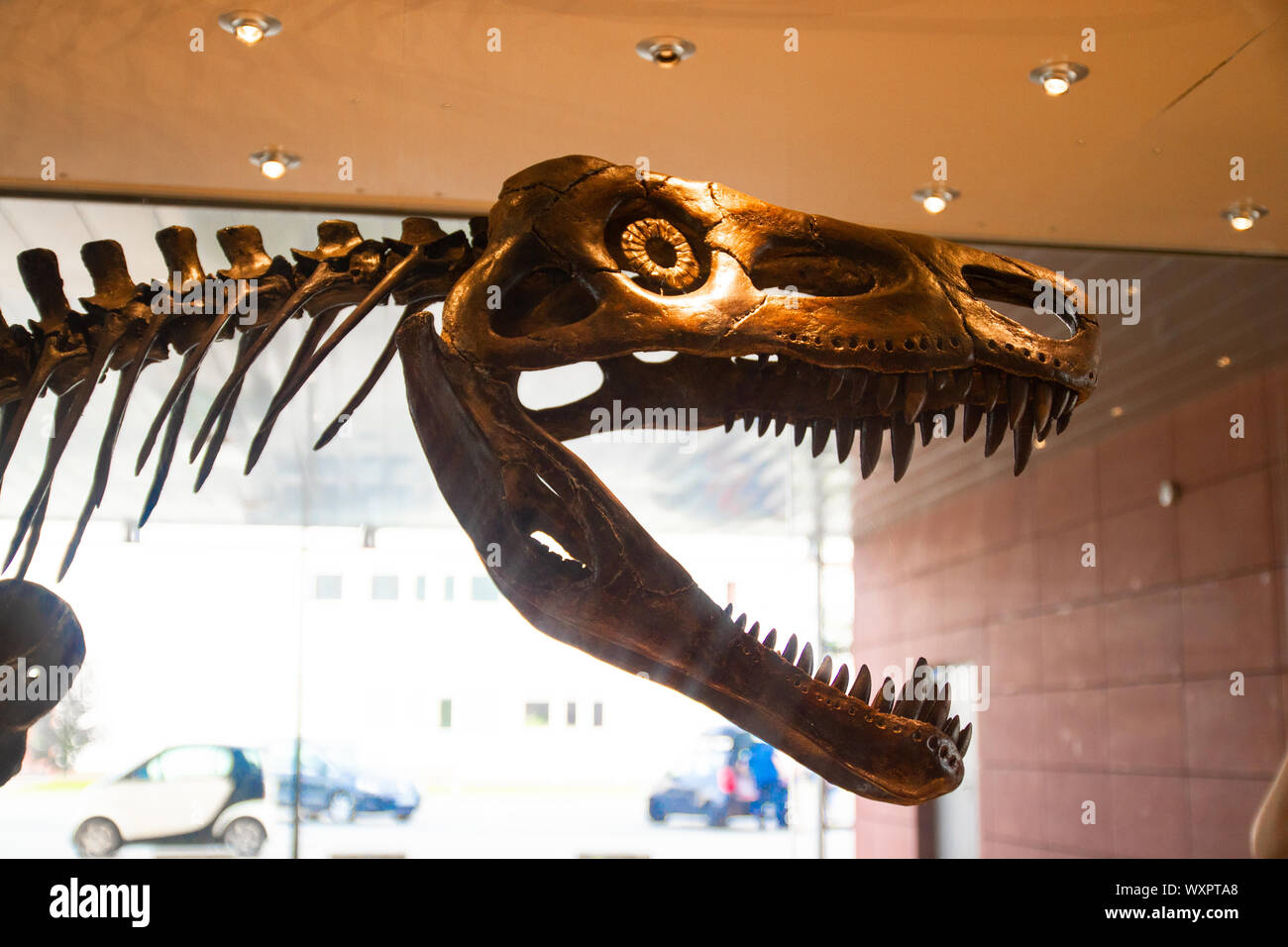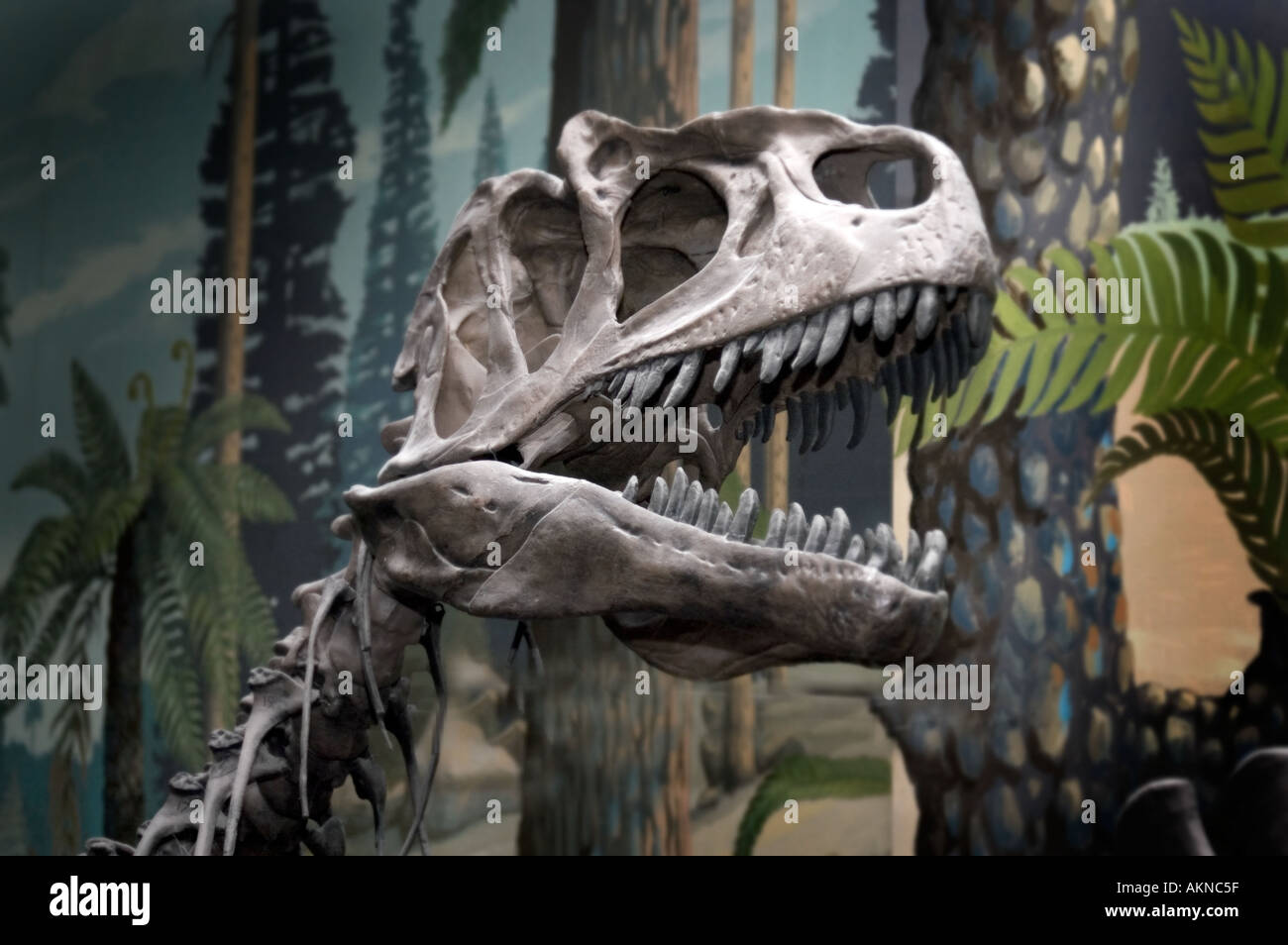Dinosaur Skeleton Head: Unveiling The Mysteries Of Prehistoric Giants
Discover the fascinating world of dinosaur skeleton heads and how they have shaped our understanding of these ancient creatures. From groundbreaking discoveries to their role in paleontology, this article dives deep into the significance of dinosaur skulls. Whether you're a fossil enthusiast or simply curious about prehistoric life, this guide will answer all your questions.
Dinosaurs, the magnificent creatures that once ruled the Earth, have left behind a treasure trove of fossils that continue to captivate scientists and enthusiasts alike. Among these fossils, the dinosaur skeleton head stands out as one of the most intriguing and informative specimens. The skull of a dinosaur provides invaluable insights into its diet, behavior, and evolutionary journey.
As we explore the world of dinosaur skeleton heads, we'll uncover the stories behind some of the most famous discoveries, delve into the science of paleontology, and examine the importance of these fossils in understanding Earth's history. This article will serve as a comprehensive guide to everything you need to know about dinosaur skulls.
Read also:Free Online Undresser A Comprehensive Guide To Understanding The Technology And Its Implications
Table of Contents
- History of Dinosaur Skeleton Head Discoveries
- Biological Significance of Dinosaur Skulls
- Famous Dinosaur Skull Specimens
- Classification of Dinosaur Skulls
- Methods of Studying Dinosaur Skeleton Heads
- Technological Advancements in Skull Analysis
- Conservation of Dinosaur Skulls
- Market Value of Dinosaur Skeleton Heads
- Educational Importance of Dinosaur Skulls
- Future Research Directions in Dinosaur Paleontology
History of Dinosaur Skeleton Head Discoveries
The discovery of dinosaur skeleton heads dates back to the early 19th century when paleontologists began unearthing fossils in various parts of the world. These finds revolutionized our understanding of prehistoric life and paved the way for modern paleontology. The first complete dinosaur skull was discovered in 1858, sparking a wave of interest and exploration.
Early Discoveries and Their Impact
Early discoveries of dinosaur skeleton heads were crucial in shaping the field of paleontology. Fossils such as the Megalosaurus skull provided the first concrete evidence of giant reptiles that once roamed the Earth. These findings challenged long-held beliefs about the history of life on our planet and inspired further research into the fossil record.
Some key early discoveries include:
- Megalosaurus: The first dinosaur to be formally named based on skull fossils.
- Iguanodon: Known for its distinctive thumb spikes and herbivorous diet.
- Triceratops: Famous for its three-horned skull and robust frill.
Biological Significance of Dinosaur Skulls
Dinosaur skeleton heads are more than just relics of the past; they hold vital clues about the biology and behavior of these ancient creatures. By studying the structure and features of dinosaur skulls, scientists can deduce important information about their diet, sensory capabilities, and social interactions.
Key Features of Dinosaur Skulls
The anatomy of a dinosaur skull reveals much about its lifestyle. Features such as tooth shape, jaw structure, and eye socket placement provide insights into the animal's feeding habits and environmental adaptations. For example:
- Carnivorous dinosaurs typically have sharp, serrated teeth for tearing flesh.
- Herbivorous dinosaurs often possess flat, grinding teeth suited for processing plant material.
- Some dinosaurs, like the Tyrannosaurus rex, exhibit large olfactory bulbs, indicating a strong sense of smell.
Famous Dinosaur Skull Specimens
Throughout history, several dinosaur skeleton heads have gained fame due to their unique features or historical significance. These specimens continue to inspire awe and fascination among scientists and the public alike.
Read also:Kirsten Too Sweet Reddit Nsfw Unveiling The Online Phenomenon
The Tyrannosaurus Rex Skull
Perhaps the most iconic dinosaur skull belongs to the Tyrannosaurus rex. Nicknamed "Sue," the largest and most complete T. rex skeleton ever discovered, this specimen provides unparalleled insights into the anatomy and behavior of this fearsome predator.
Classification of Dinosaur Skulls
Dinosaur skeleton heads can be classified into various groups based on their anatomical features and evolutionary relationships. This classification helps scientists better understand the diversity of dinosaurs and their evolutionary history.
Major Groups of Dinosaur Skulls
The main groups of dinosaur skulls include:
- Saurischians: Characterized by lizard-like hips and include theropods and sauropods.
- Ornithischians: Known for bird-like hips and include hadrosaurs and ceratopsians.
Methods of Studying Dinosaur Skeleton Heads
Studying dinosaur skeleton heads involves a combination of traditional paleontological techniques and modern technological advancements. Scientists employ various methods to extract maximum information from these fossils.
Traditional Techniques
Traditional methods include:
- Fossil excavation and preparation.
- Morphological analysis of skull features.
- Comparative anatomy studies.
Technological Advancements in Skull Analysis
Modern technology has revolutionized the study of dinosaur skeleton heads. Advanced imaging techniques, such as CT scans and 3D modeling, allow scientists to examine fossils in unprecedented detail without causing damage.
Applications of Technology
Some applications of technology in studying dinosaur skulls include:
- Reconstructing missing parts of the skull.
- Simulating bite force and feeding mechanics.
- Visualizing internal structures such as brain cavities.
Conservation of Dinosaur Skulls
Preserving dinosaur skeleton heads is crucial for ensuring their availability for future generations. Proper conservation techniques help protect these valuable fossils from degradation and damage.
Best Practices for Conservation
Conservation practices include:
- Storing fossils in controlled environments.
- Using non-invasive methods for study and display.
- Collaborating with museums and institutions for preservation efforts.
Market Value of Dinosaur Skeleton Heads
Dinosaur skeleton heads have become highly sought-after items in the fossil market. Their rarity and historical significance make them valuable assets for collectors and institutions alike.
Factors Influencing Market Value
Several factors influence the market value of dinosaur skulls:
- Completeness and condition of the fossil.
- Rarity and scientific importance.
- Provenance and legal status of the specimen.
Educational Importance of Dinosaur Skulls
Dinosaur skeleton heads play a vital role in education, inspiring curiosity and fostering a love for science among students and the general public. Museums and educational institutions use these fossils to teach about Earth's history and the science of paleontology.
Learning Opportunities
Some educational opportunities include:
- Interactive museum exhibits featuring dinosaur skulls.
- Hands-on activities for students to study fossil replicas.
- Online resources and virtual tours of fossil collections.
Future Research Directions in Dinosaur Paleontology
The study of dinosaur skeleton heads continues to evolve with new discoveries and technological advancements. Future research directions promise to unlock even more secrets about these incredible creatures.
Potential Areas of Study
Some potential areas for future research include:
- Investigating the evolutionary relationships between different dinosaur groups.
- Exploring the role of environmental factors in shaping dinosaur anatomy.
- Utilizing new technologies to enhance fossil analysis and preservation.
Conclusion
Dinosaur skeleton heads are invaluable resources for understanding the history and biology of these ancient creatures. From their discovery and classification to their role in education and conservation, these fossils continue to inspire and inform. As we continue to uncover new specimens and develop advanced techniques for studying them, the mysteries of the dinosaur world will become increasingly clear.
We invite you to share your thoughts and questions in the comments section below. For more fascinating insights into the world of dinosaurs, explore our other articles and resources. Together, let's celebrate the wonders of paleontology and the incredible legacy of the dinosaurs!


